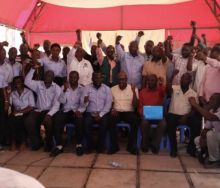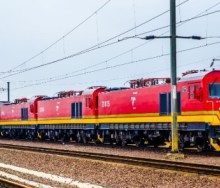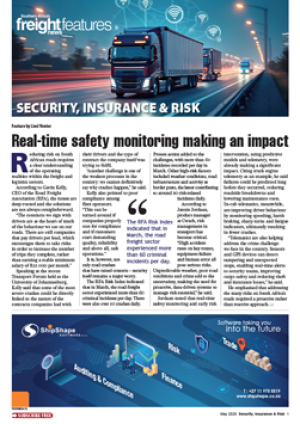The UPS cargo jet that crashed in Alabama last week, killing its two crew members, was flying on autopilot until seconds before impact, even after an alert that it was descending too quickly, authorities said, reports Airwise News.
"The autopilot was engaged until the last second of recorded data," said Robert Sumwalt, a senior official with the National Transportation Safety Board.
He said information retrieved by investigators from the flight data recorder aboard the United Parcel Service jet showed that its auto throttle also was engaged until moments before the fiery crash.
The Airbus A300 was approaching the runway at Birmingham-Shuttlesworth airport before dawn when it clipped the trees in an adjacent residential area and crashed into a steep embankment well short of the runway.
Sumwalt, who spoke at a media briefing near the crash site, had said that the pilots received a low altitude warning barely seven seconds before the sound of impact. He repeated that later but did not say whether the alert had triggered any attempt by the crew members to disengage the autopilot as part of a last-ditch attempt to abort landing and re-gain altitude.
The pilots did not issue a distress call.
Sumwalt stopped short of saying there was anything unusual about a so-called "instrument approach" to the airport using autopilot.
But he said the NTSB would be looking closely into "UPS's instrument approach procedures" and how it typically went about guiding a large cargo hauler to touchdown on Birmingham-Shuttleworth's Runway 18.
That's the runway the UPS jet was approaching when it crashed and Sumwalt said the investigation would include a flight test at the airport in a UPS A300.
Kevin Hiatt, president and chief executive of the Flight Safety Foundation, a watchdog group, told Reuters in an interview on Thursday that a "full instrument" landing was not highly advisable at Birmingham-Shuttlesworth.
The airport can be tricky to land at because it is nestled among hills and that is especially true of Runway 18, said Hiatt.
Hiatt, a former Delta Air Lines pilot, said he had touched down on the runway many times himself.
"It is not a full instrument landing. You have to visually fly into that runway," he said. "Sometimes it takes nuance to land there. You have to realise that hill is there or you could come in too low."
The crash occurred shortly before dawn in rainy conditions as low-lying clouds hung over Birmingham.
So far, Sumwalt said there was nothing to indicate the crash was caused by engine failure or any mechanical issues.
He also said the runway lights were examined and found to have been "within one one-100th of a degree of being properly aligned" at the time of the crash.












